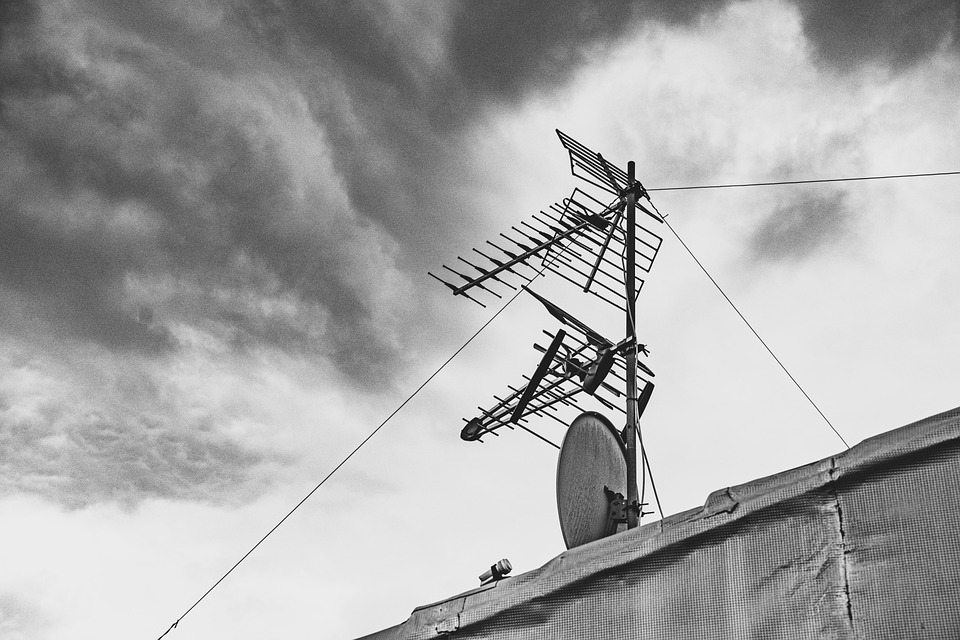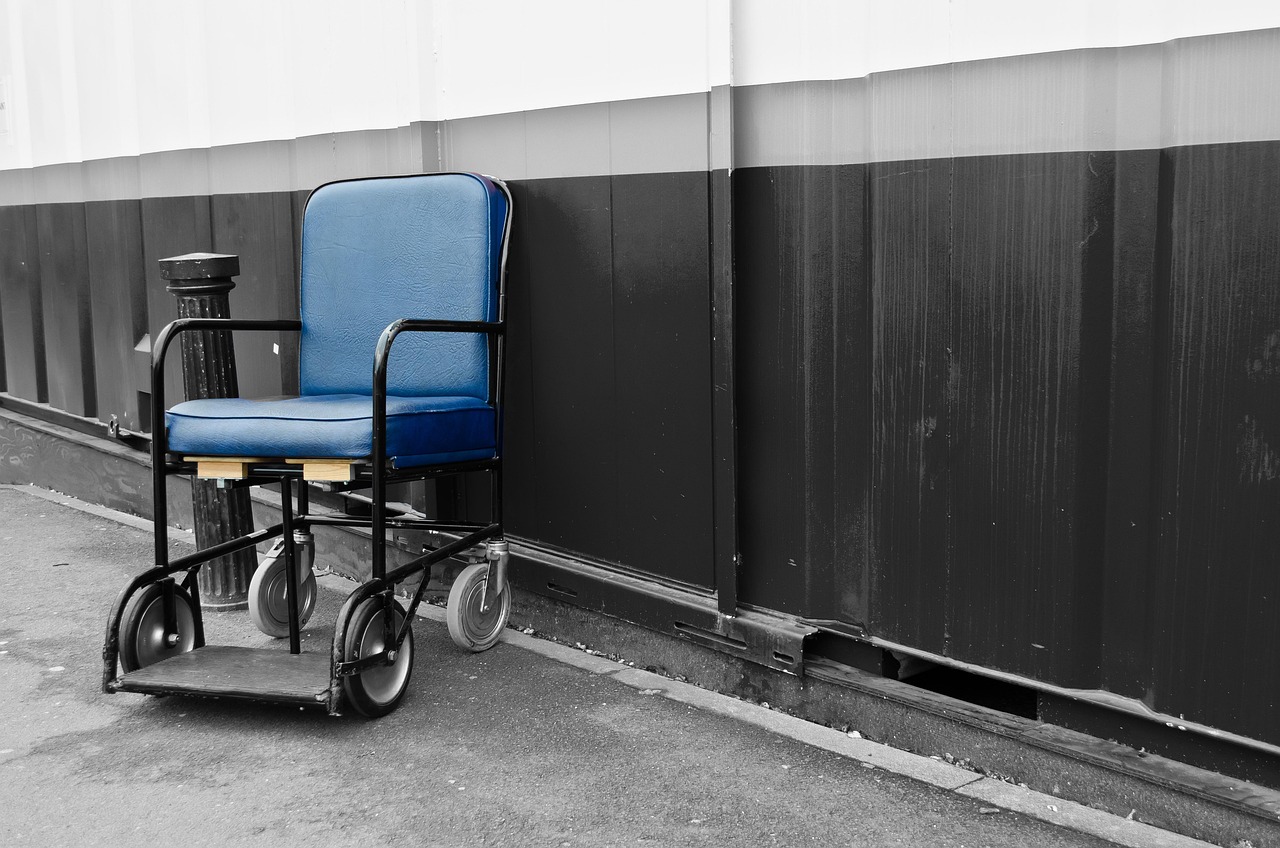Are you tired of constantly adjusting your TV antenna to improve your TV signal? Look no further than UHF antennas.
UHF antennas, also known as ultra-high frequency antennas, are designed to pick up television signals in the UHF frequency range. These frequencies are used by many local television stations, broadcasting popular channels such as ABC, NBC, and FOX.
UHF antennas are typically small and compact, making them easy to install indoors or outdoors. They can be mounted on a wall, rooftop, or a specialized antenna mast.
When choosing a UHF antenna, it is important to select the appropriate type for your location. Directional UHF antennas are best for receiving signals from a specific direction, while multi-directional UHF antennas are ideal for areas with signals coming from multiple directions.
It is also important to consider the range of the antenna. UHF antennas with a longer range are ideal for areas with weak signals, while shorter-range antennas are suitable for areas with strong signals.
One thing to keep in mind is that UHF antennas alone may not always provide the best reception. Factors such as distance from the broadcasting tower, interference from other devices, and geography can affect signal strength.
By understanding the benefits and limitations of UHF antennas, you can improve your television reception and enjoy your favorite shows without interruption.






